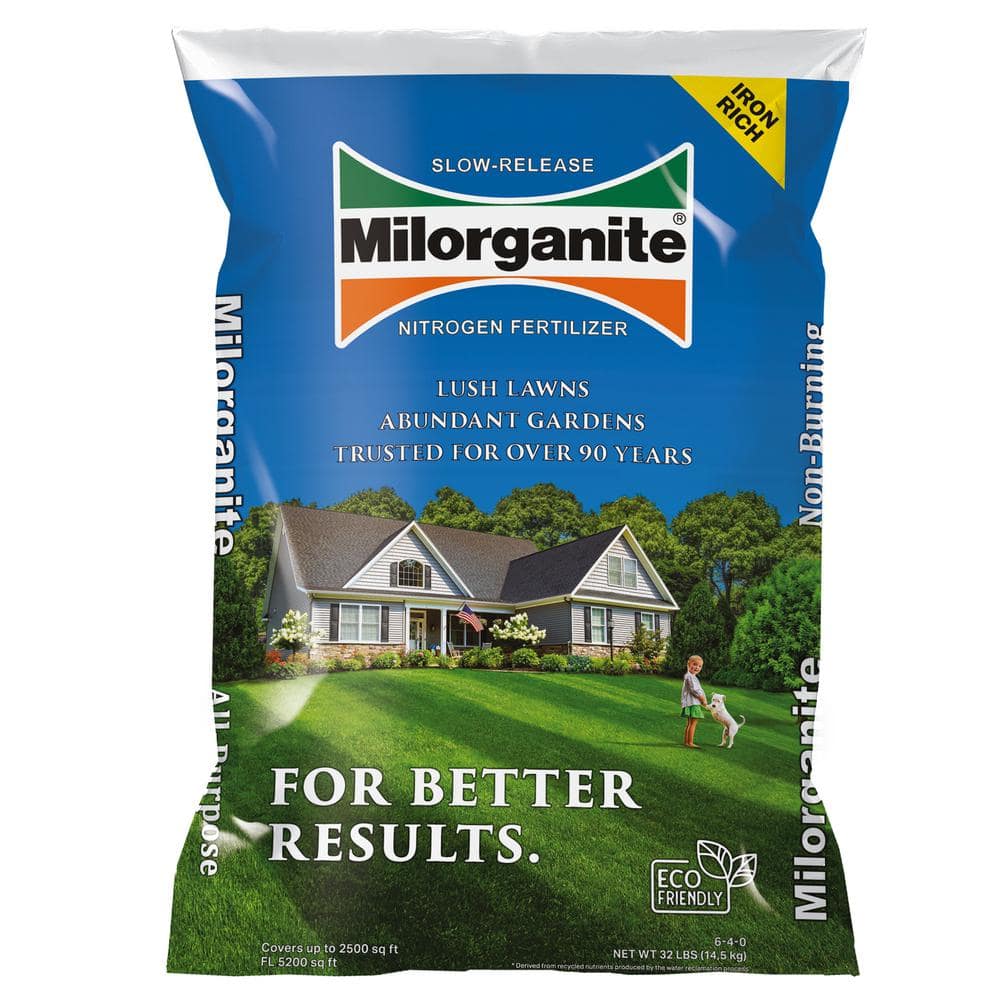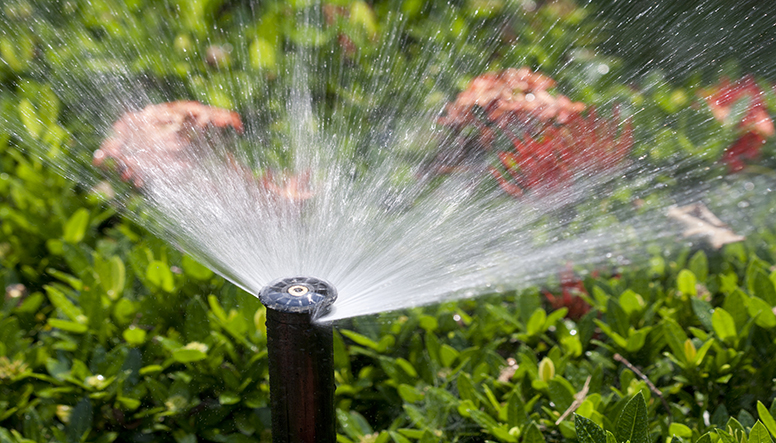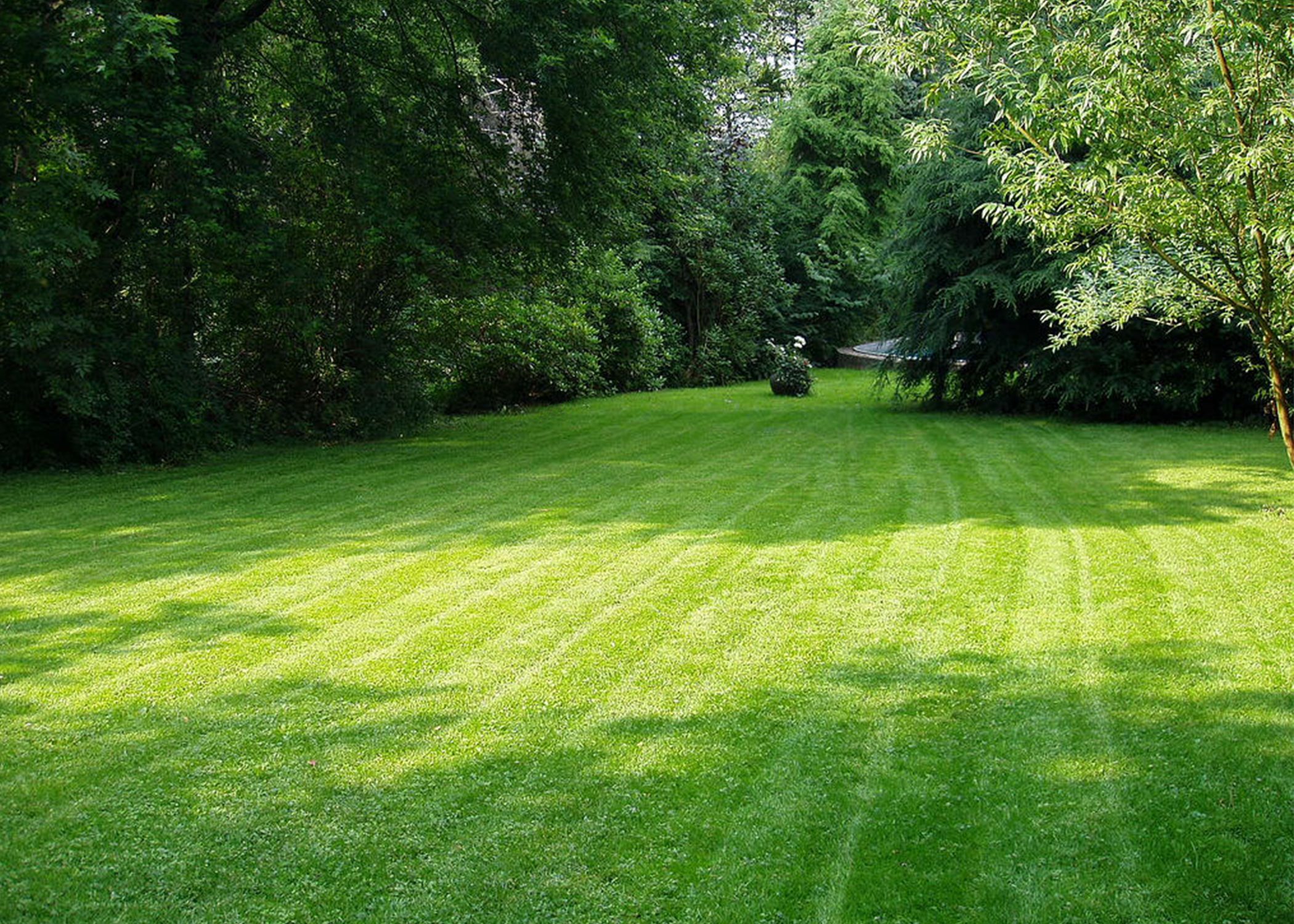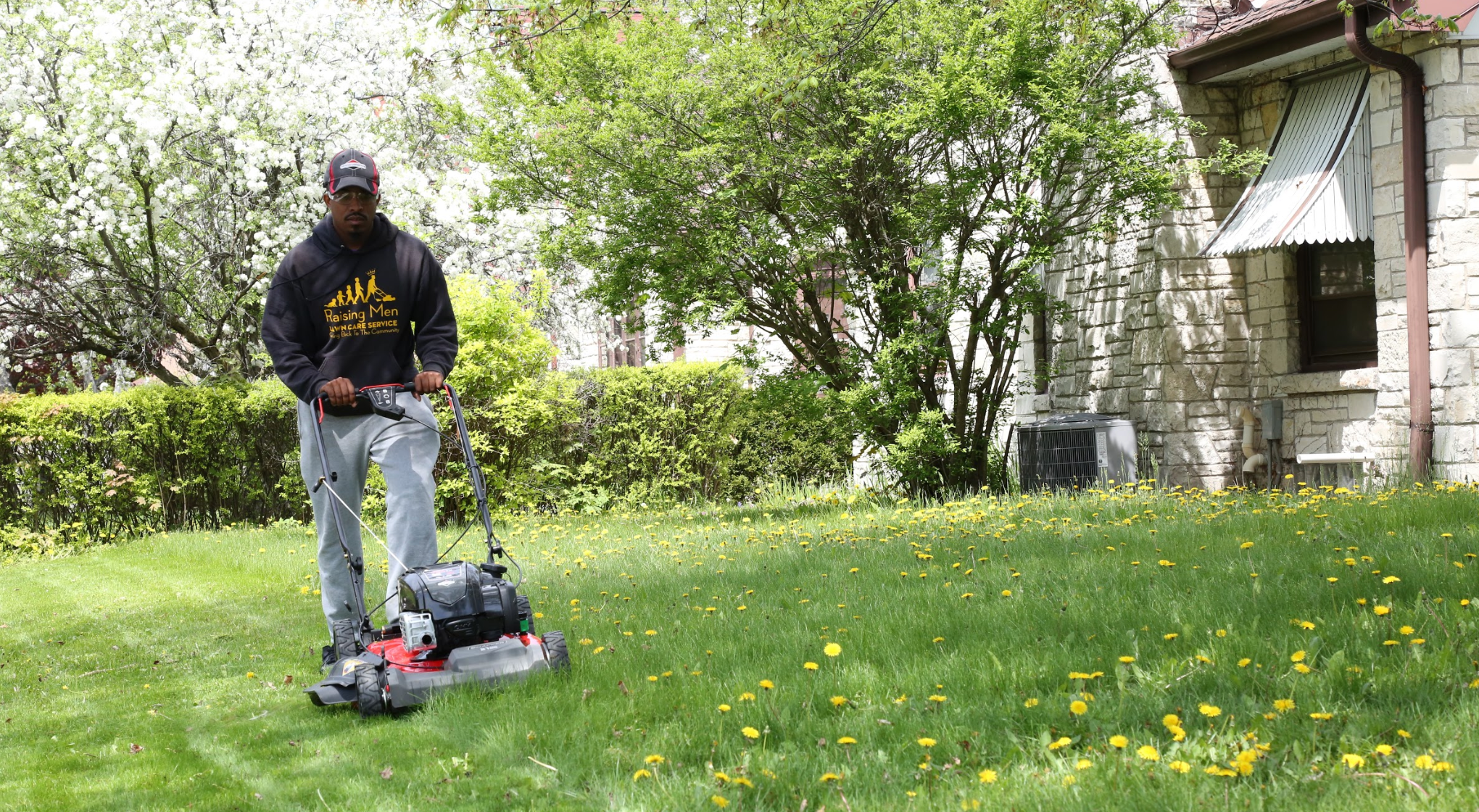Summer Is Here Time To Fertilize Your Lawn
Summer is Here, Time to Fertilize Your Lawn
The summer months are a great time to fertilize your lawn. Warm-season grasses, such as Bermuda grass, zoysia grass, and St. Augustine grass, are actively growing during this time and need nutrients to stay healthy and green.
Fertilizing your lawn in the summer will help it to:
- Stay green and lush
- Resist weeds and pests
- Withstand heat and drought stress
There are a few things to keep in mind when fertilizing your lawn in the summer:
- Choose a fertilizer that is specifically designed for warm-season grasses.
- Apply the fertilizer when the grass is dry.
- Water the lawn thoroughly after applying the fertilizer.
When to Fertilize
The best time to fertilize your lawn in the summer is in early summer, before the heat of the day sets in. This will give the grass time to absorb the nutrients before they are lost to evaporation.
You can also fertilize your lawn in late summer, but you will need to be more careful about the type of fertilizer you use. High-nitrogen fertilizers can stress the grass during hot weather, so it is best to use a slow-release fertilizer or a fertilizer that is specifically designed for summer use.
How Much to Apply
The amount of fertilizer you need to apply will depend on the size of your lawn and the type of fertilizer you are using. The label on the fertilizer will tell you how much to apply per 1,000 square feet of lawn.
How to Apply
You can apply fertilizer to your lawn by hand, with a broadcast spreader, or with a drop spreader. If you are applying fertilizer by hand, be sure to wear gloves and long sleeves to protect yourself from the chemicals.
If you are using a broadcast spreader, set the spreader to the correct setting for the type of fertilizer you are using. Then, walk back and forth across your lawn, overlapping your passes by about 10%.
If you are using a drop spreader, set the spreader to the correct setting for the type of fertilizer you are using. Then, walk back and forth across your lawn, making sure to keep the spreader level.
Watering
After you have applied fertilizer to your lawn, it is important to water it thoroughly. This will help the fertilizer to dissolve and be absorbed by the grass.
Water your lawn until the water runs off the surface. Then, allow the lawn to dry before mowing.
Fertilizing Tips
- Test your soil before you fertilize to determine the nutrient levels in your soil. This will help you to choose the right fertilizer for your lawn.
- Fertilize your lawn regularly throughout the growing season. This will help to keep your lawn healthy and green.
- Don't over-fertilize your lawn. Too much fertilizer can damage your lawn.
Conclusion
Fertilizing your lawn in the summer is a great way to keep it healthy and green. By following these tips, you can ensure that your lawn gets the nutrients it needs to thrive during the hot summer months.
Are you looking for a way to keep your plants healthy and thriving during the summer months? If so, you should consider using summer fertilizer. Summer fertilizer is specifically designed to help plants stay strong and productive in hot, dry weather.
There are many different types of summer fertilizer available, so you can find one that is right for your plants. Some popular options include:
- Nitrogen-rich fertilizer: This type of fertilizer helps plants produce more leaves and stems.
- Phosphorus-rich fertilizer: This type of fertilizer helps plants develop strong roots.
- Potassium-rich fertilizer: This type of fertilizer helps plants resist pests and diseases.
No matter what type of summer fertilizer you choose, it is important to apply it correctly. Too much fertilizer can be harmful to plants, so it is important to follow the directions on the label.
If you are unsure about how to apply summer fertilizer, you can always consult with a garden expert. They can help you choose the right fertilizer for your plants and show you how to apply it correctly.
To learn more about summer fertilizer, I recommend reading this article on Garden Wiki. This article provides detailed information about the different types of summer fertilizer, how to apply it, and the benefits of using it.
FAQ of summer fertilizer
5 Most Frequently Asked Questions About Summer Fertilizer
1. What is the best fertilizer for summer application?
The best fertilizer for summer application is a low-nitrogen fertilizer. Nitrogen is a nutrient that promotes leaf growth, but too much nitrogen can make your lawn more susceptible to heat and drought stress. A low-nitrogen fertilizer will help your lawn stay green and healthy during the hot summer months.
2. When should I fertilize my lawn in the summer?
The best time to fertilize your lawn in the summer is early in the season, before the heat and drought become too intense. This will give your lawn a chance to absorb the nutrients before they are lost to evaporation. You can fertilize your lawn again in late summer, but be sure to use a lower dose of fertilizer at this time.
3. How often should I fertilize my lawn in the summer?
You should only fertilize your lawn once or twice a month during the summer. Over-fertilizing can damage your lawn and make it more susceptible to pests and diseases.
4. What are the signs that my lawn needs fertilizer?
If your lawn is looking thin, patchy, or yellow, it may need fertilizer. You can also test your soil to see if it is deficient in any nutrients.
5. How do I apply fertilizer to my lawn?
You can apply fertilizer to your lawn by hand, with a broadcast spreader, or with a drop spreader. Be sure to follow the directions on the fertilizer label to avoid over-fertilizing your lawn.
Image of summer fertilizer
- Image 1: A bag of Scotts Turf Builder SummerGuard Lawn Food. This fertilizer is specifically designed for summer lawns and contains a blend of nutrients that help to promote healthy growth and drought resistance.

- Image 2: A scoop of Milorganite, a slow-release organic fertilizer that is a good choice for summer lawns. Milorganite helps to improve soil health and provide nutrients that are released over time.

- Image 3: A sprinkler head watering a lawn. Applying water is important for summer lawns, as they can be more susceptible to drought stress.

- Image 4: A green, healthy lawn. This is what a well-fertilized summer lawn should look like.

- Image 5: A person mowing their lawn. Mowing your lawn regularly helps to remove dead grass and weeds, which allows the lawn to breathe and absorb nutrients more effectively.

Post a Comment for "Summer Is Here Time To Fertilize Your Lawn"